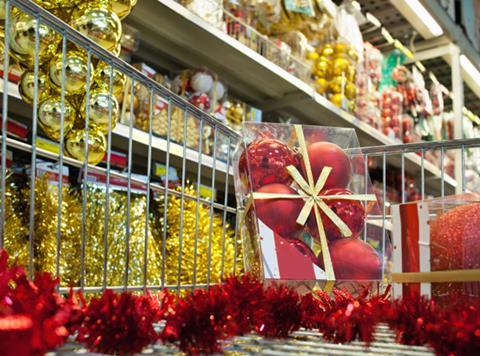
The results are in. And the consensus is clear. The winner this Christmas was… the grocers.
Oh sure, some did better than others. Aldi, first out of the blocks in an update last week (ahead of even Kantar) was the standout performer in terms of sales growth – up 26% – and this week it doubled down on its store-based focus by announcing plans to scrap its online arm.
This week it was the turn of Lidl to update the market, and it too reported a bumper Christmas, with sales up 24.5%, as it tempted an additional 1.3 million customers through its doors – though the picture on profits, as with Aldi, is more murky.
Meanwhile, there were updates from all the major listed grocery retailers this week, and it’s clear Sainsbury’s, Tesco and M&S have also performed reasonably well in their own ways, with M&S the pick of the bunch.
Then again, with this being the first even remotely ‘normal’ Christmas since 2019, with food inflation running at 13.3%, with a mid-term, winter World Cup including a Home Nations match and a quarter final – plus an extra day of trading and, of course, the postal strikes that drew footfall into stores via click & collect, and the rail strikes that scuppered Christmas parties – it needed a spectacularly bad performance for a grocery retailer not to achieve at least some sort of sales growth. And even then some managed to do just that.
But the results of even the laggards among the grocers won’t have been as bad as some of their egg and turkey suppliers, for example. Similarly, the real casualties in the retail sector were in GM, including a Halfords profit warning, and online, where fashion retailer Asos and Naked Wines struggled. And spare a thought for those in the hospitality sector most exposed to the aforementioned rail strikes.
At its Q3 results this week, Tesco group CEO Ken Murphy was repeatedly pressured into disclosing whether volume figures were lower. He didn’t exactly go there, though it was fairly obvious to all that they were, but he did point out that volumes were above pre-pandemic levels. Another reminder that, of all the retail trades, grocery is the most resilient.







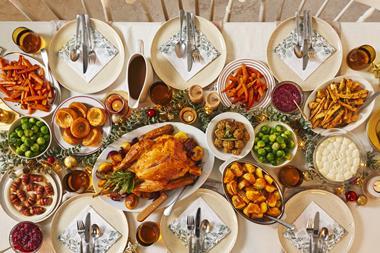



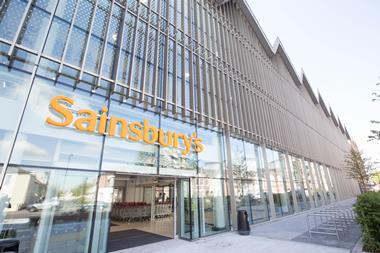
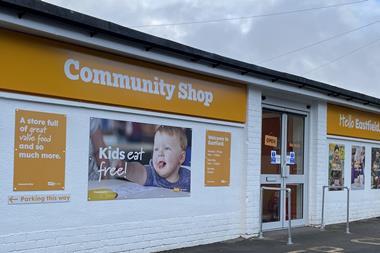
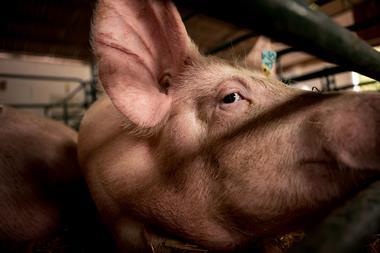


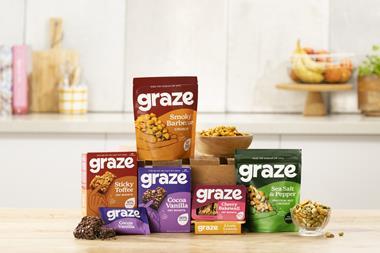
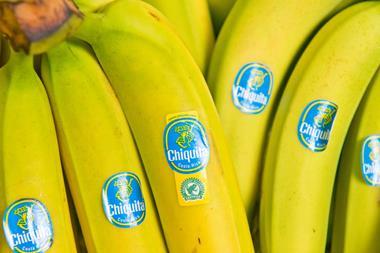
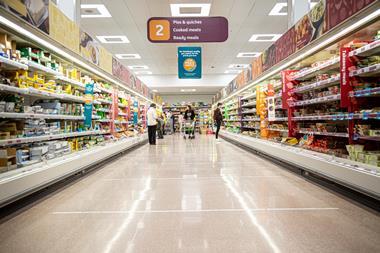
No comments yet